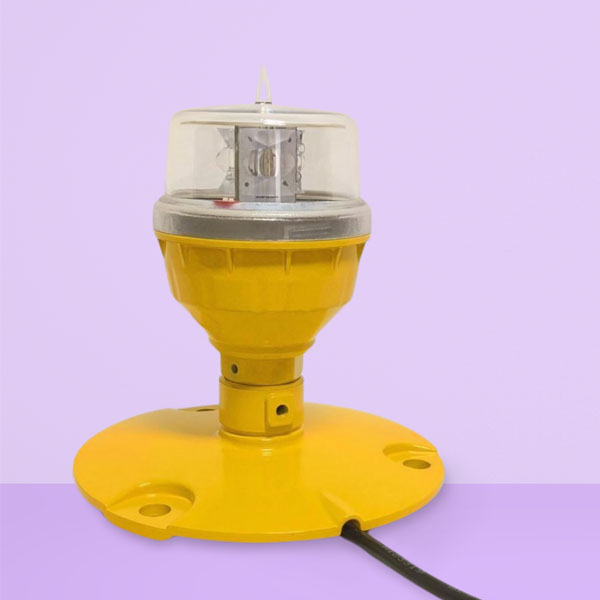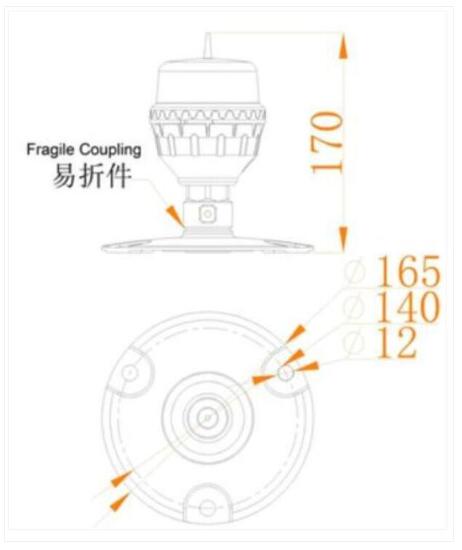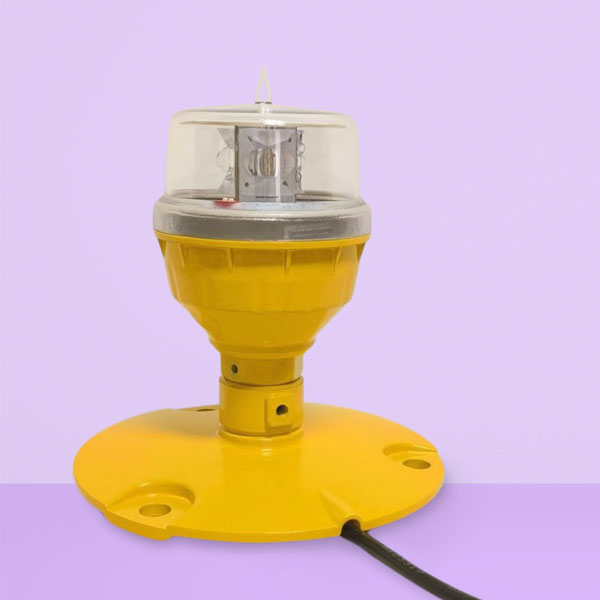
Helipad light heliport lighting helicopter pad lights helicopter landing pad lights helipad landing lights led helipad lights helipad perimeter lighting heliport perimeter light led heliport perimeter light heliport tlof helipad lights
Detailed introduction
Helipad lights, also known as heliport lighting, helicopter pad lights, helicopter landing pad lights, helipad landing lights, led helipad lights, and helipad perimeter lighting, are crucial for safe helicopter operations.
These lighting systems are designed to provide clear visibility for pilots during approach, landing, and takeoff. The lights are strategically placed around the helipad to mark its boundaries and indicate the safe landing area. Led helipad lights are particularly popular due to their energy efficiency, long lifespan, and high brightness.
Helipad perimeter lighting helps define the edges of the helipad and provides additional safety by making it easier for pilots to distinguish the landing area from surrounding obstacles. The lighting can be adjusted to different intensities depending on the ambient conditions and visibility requirements.
Heliport lighting also includes approach lights that guide the pilot towards the helipad. These lights are usually placed along the approach path and provide a visual cue for the correct alignment and descent.
In addition to enhancing safety, helipad lights also improve the efficiency of helicopter operations. Pilots can quickly identify the helipad and make accurate landings, reducing turnaround times and increasing the overall productivity of helicopter services.
Overall, helipad lights play a vital role in ensuring the safety and effectiveness of helicopter operations. Whether it's a small private helipad or a large commercial heliport, proper lighting is essential for smooth and secure helicopter landings and takeoffs. Helipad light heliport lighting helicopter pad lights helicopter landing pad lights helipad landing lights led helipad lights helipad perimeter lighting heliport perimeter light led heliport perimeter light heliport tlof helipad lights.

Overview:
The Helicopter pad lights, specifically the led heliport perimeter light for heliport lighting AO-HP-E1, has a wide array of applications. It can function as a heliport perimeter light and also be utilized for Heliport TLOF (Touchdown and Lift-off Area), FATO (Final Approach and Take-off Area) light, heliport approach landing light, and more. It can act as perimeter light for FATO, TLOF, taxiway light, runway light, and flight path lighting. Our helideck lighting, the heliport elevated light, has a height not exceeding 25 centimeters. There is a fragile coupling at the base connection. In the event that an aircraft accidentally hits the light, the base will break immediately, thereby avoiding further damage.
Compliance:
1. ICAO Annex 14 Volume II Heliports 5.3.
2. FAA AC 150/5390-2B Heliport Design Guide
Features:
1. Employ super bright CREE brand LEDs that possess high intensity while consuming relatively less energy.
2. The input voltage can be either DC (within the range of 12 to 48 volts DC) or AC (100 to 265 volts AC at a frequency of 50 to 60 hertz).
3. The lens is uniquely crafted with polycarbonate material for converging light. Additionally, it provides corrosion resistance and UV protection.
4. An efficient photometric design guarantees excellent light distribution, ensuring compliance with ICAO and FAA requirements.
5. The base is made of die-cast aluminum, which shows strong corrosion resistance and offers protection against shock and vibrations, ensuring a long service life.
6. The fragile coupling effectively reduces secondary damage to helicopters.
Specification:
|
Product Name |
Helipad light heliport lighting helicopter pad lights helicopter landing pad lights helipad landing lights led helipad lights helipad perimeter lighting heliport perimeter light led heliport perimeter light heliport tlof helipad lights AO-HP-E1 |
|
Mode NO.: |
AO-HP-E1 |
|
Color: |
Green/yellow/white etc |
|
Light source:
|
CREE LED |
|
Light Intensity(cd): |
>50cd |
|
Horizontal Output(degrees): |
360 degree |
|
Installation type: |
Elevated (surface installation) |
|
Flashing Characteristics:
|
Fixed light steady burning
|
|
Operation Mode: |
24 hours after power on |
|
Input: |
100-240VAC 50-60Hz, 12-48VDC(Details contact us) |
|
Power Consumption(W): |
Average Power consumption <5W |
|
Circuit Protection: |
Integrated |
|
Helipad Light Material: |
lens and Powder coated die-casting aluminum base. |
|
Weight(kg): |
0.85kg |
|
IP Grade: |
IP66 |
|
Work environment: |
-50℃~+60℃, Humidity 0%-100% |
|
Optional functions(Separate charges): |
1. VHF pilot to ground remote control 2. Infra-Red (IR) light for NVG |
Dimension & Installation:

Applications:
Helipad lights, including heliport lighting, helicopter pad lights, helicopter landing pad lights, helipad landing lights, led helipad lights, helipad perimeter lighting, heliport perimeter light, led heliport perimeter light, and heliport TLOF helipad lights, play a crucial role in ensuring safe helicopter operations.
These lights are designed to provide clear visibility for pilots during approach, landing, and takeoff. The led helipad lights offer high brightness and energy efficiency, making them ideal for illuminating the helipad area. The perimeter lighting helps define the boundaries of the helipad and provides additional safety by making it easier for pilots to distinguish the landing area from surrounding obstacles.
The heliport perimeter light and led heliport perimeter light enhance the visibility of the heliport from a distance and guide pilots towards the correct landing area. These lights are often placed along the perimeter of the heliport and can be adjusted to different intensities depending on the ambient conditions.
The heliport TLOF helipad lights are specifically designed for the touchdown and lift-off area of the heliport. They provide intense illumination to ensure safe landings and takeoffs, even in low visibility conditions.
Overall, these helipad and heliport lights are essential for ensuring the safety and efficiency of helicopter operations. They help pilots navigate accurately and provide a well-lit environment for landing and takeoff.

